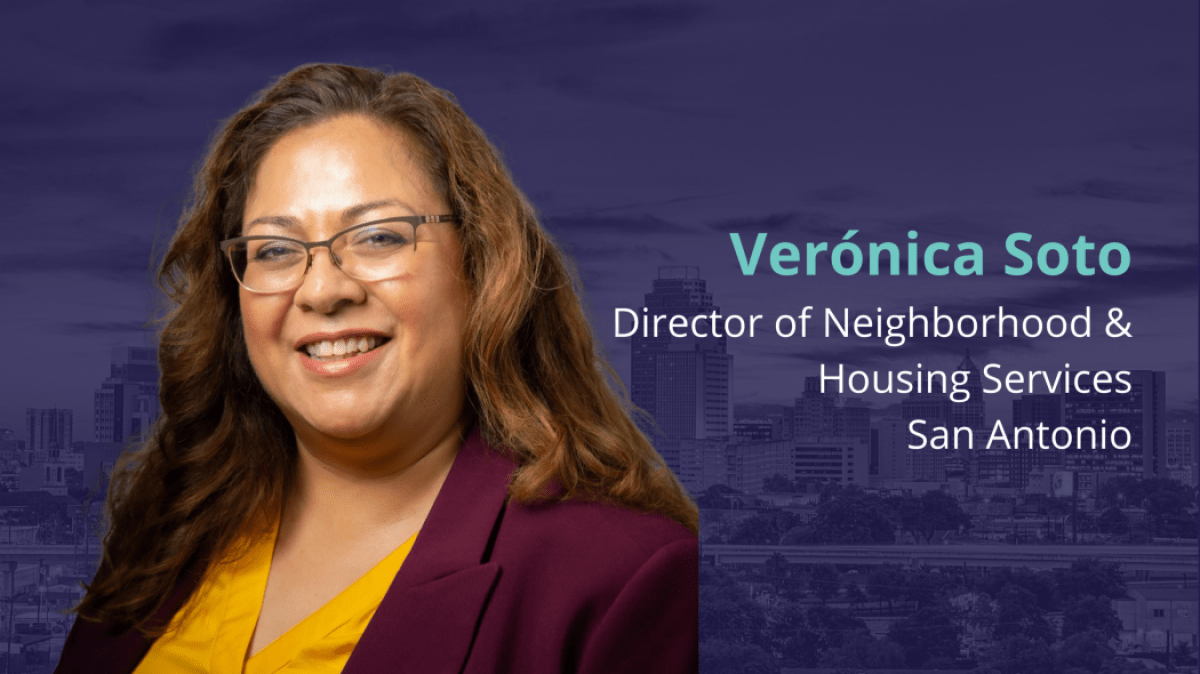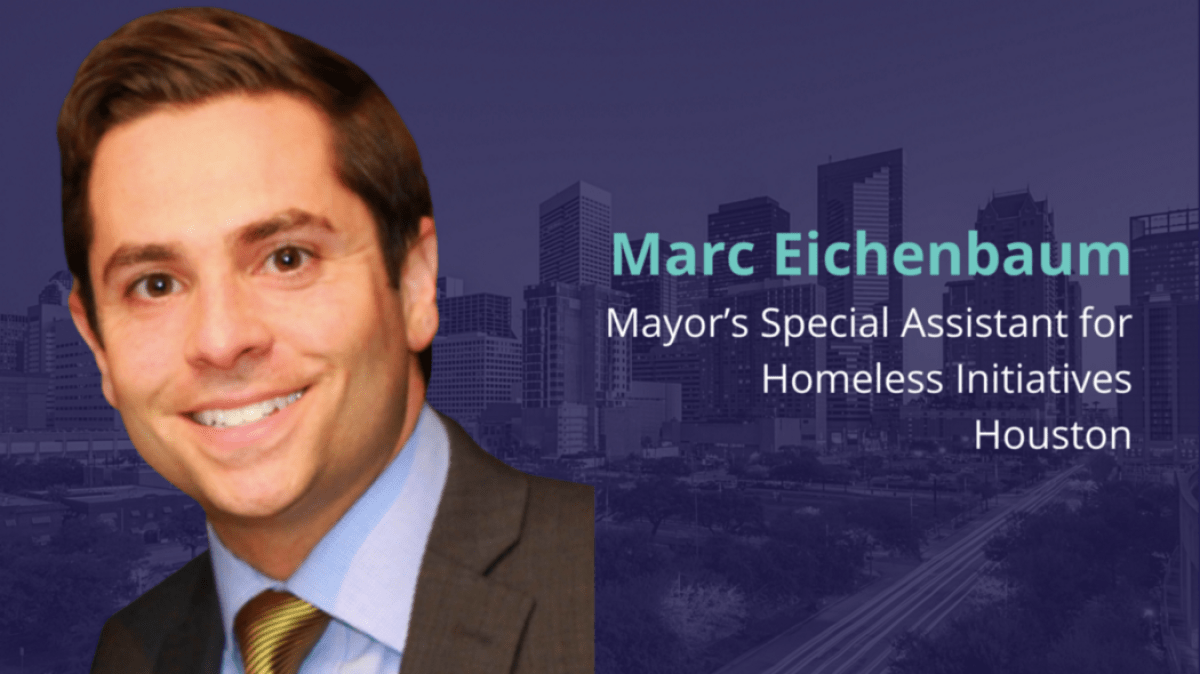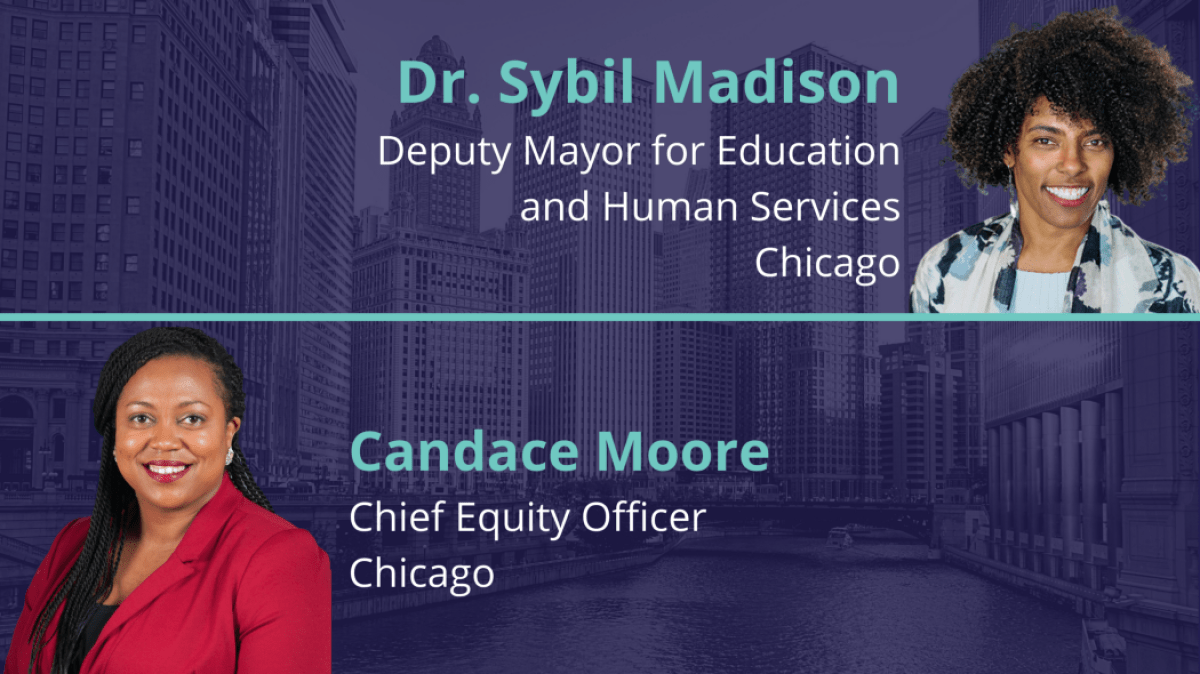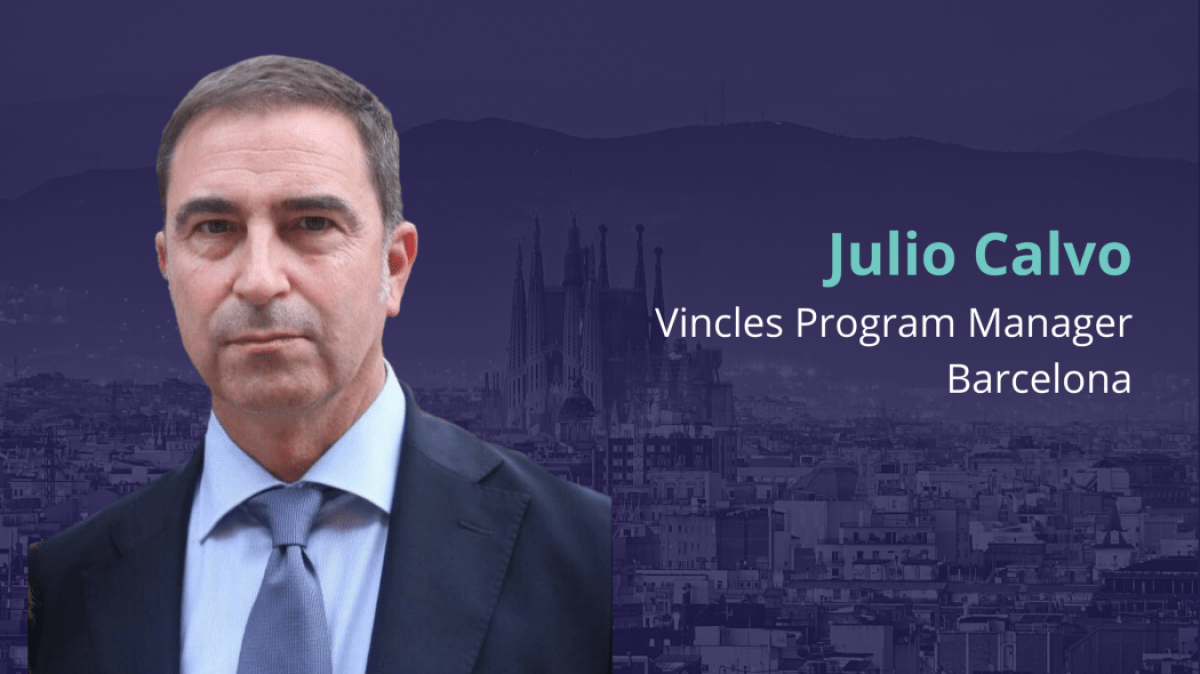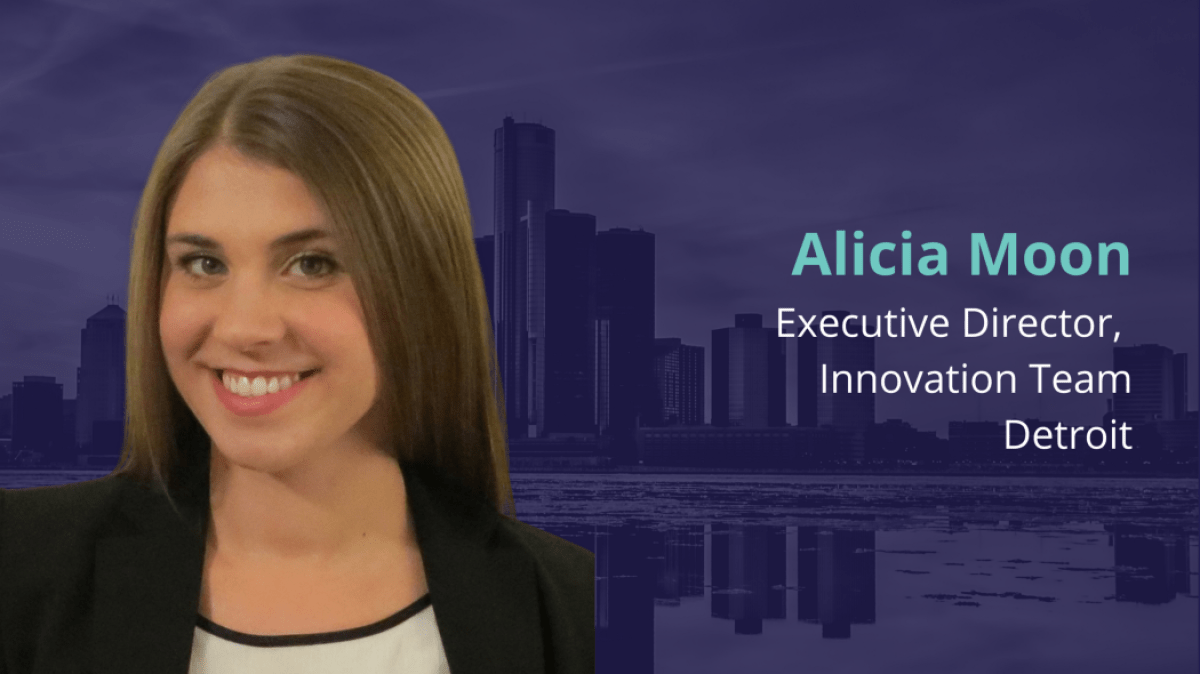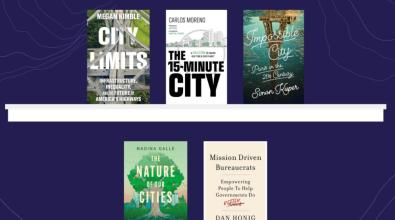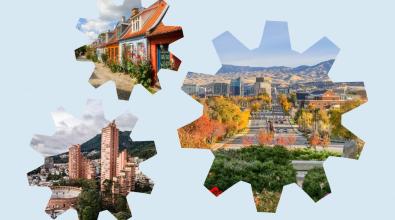10 innovators who are raising the bar in the fight against COVID-19

For all the dark moments we’ve collectively experienced in the COVID era, city halls’ responses to the pandemic have been both enlightening and inspiring. Faced with unprecedented health, economic, and social challenges, city leaders across the U.S. and around the world have found thousands of creative solutions to problems they could have never imagined a year ago.
Along the way, they’ve made use of all the tools of innovation: collaborating with partners to amplify their impact; testing, learning, and adapting solutions in an iterative way; listening closely to what residents need to design programs that work for them; and using data to understand problems and measure the impact of responses.
In every city, there are local leaders who deserve our appreciation for the hard work they’ve put in already this year — and will no doubt continue to put in as COVID-19 cases continue to surge. Here, Bloomberg Cities recognizes 10 of them — innovators whose dedication and creativity have shined through the pandemic and continue to inspire us.
When the pandemic suddenly put thousands of San Antonio residents out of work, Verónica Soto wanted to make sure they didn’t also lose their homes because of unpaid rent or utility bills. Collaborating with other city leaders, she supercharged an existing housing assistance program with an infusion of $76 million, staffing help from libraries and other temporarily dormant departments, and a push to move a paper application process online. A program that previously received about 50 applications a week now has approved nearly 20,000 since April. Low-income residents are eligible to receive up to two months’ rent and utilities paid through the program as well as up to $300 in direct cash assistance to help with other expenses. “It isn’t a perfect system,” Soto said, “but we had to move quickly because the need is so great.”
As the first coronavirus wave crested in April, it became clear that getting it in check would require building a small army of “contact tracers.” Brendan Hellweg has played a critical role in doing that locally in Baltimore, managing a collaboration of many partners in and out of City Hall known as the Baltimore Health Corps. The effort will hire 300 people — focusing on people who’ve lost work due to the pandemic — to investigate case histories of people who have COVID-19, identify their contacts, and coordinate care and support for those who are sick or in quarantine. Already more than 200 staff have been hired, and recruiting for Spanish-speaking staff is accelerating as data makes clear the disproportionate toll COVID is taking in Baltimore’s Latinx communities. “Producing rapid, high-quality outreach to attract Spanish-speaking applicants to the Health Corps is challenging,” Hellweg said, “but it’s crucial to serve thousands of our Spanish-speaking residents.”
For those who’ve lost loved ones to the pandemic, the difficulty of holding or attending funerals has made emotional healing hard to come by. The cumulative loss — 238,000 dead in the U.S. alone — is also difficult to process. Detroit’s Rochelle Riley came up with a powerful way for her city to remember and grieve — and, importantly, a way for them to do it safely. She first asked residents to send in photos of those they’ve lost to COVID. Then she used those photographs to make billboard-sized prints — 907 in all — that were posted along a two-mile stretch of roadway on Detroit’s Belle Isle park. In August, Detroiters drove by the photos in a series of 15 funeral processions that, for many, was their only chance to say goodbye and get a sense of closure. “What I planned [was] a funeral as if I were planning it for one person,” said Riley, who was friends with a number of people whose pictures were part of the display. “Everything that we would do for any funeral we would do for this funeral.”
In a time of economic hardship when homelessness could be on the rise, Houston Mayor Sylvester Turner has set the opposite goal. He wants to use this moment — and the city’s access to federal aid — to bring the number of people experiencing homelessness in Houston closer to zero. Marc Eichenbaum is Turner’s point person on the initiative. Working in close collaboration with a number of community partners who deliver homeless services, he’s pieced together funds from a dozen sources to move 2,700 people into housing and support another 2,000 to prevent people struggling with rent from hitting the streets. The program launched in October and has already housed 115 individuals, a monthly pace that is expected to double as it scales up. “This is not the time to be paralyzed and in fear of risk,” Eichenbaum said. There’s opportunity to “look for the long-term play here.”
In early April, data began to bring into focus the disproportionate toll COVID-19 is taking on people of color. Almost immediately, Chicago Mayor Lori Lightfoot created a Racial Equity Rapid Response Team to address racial disparities and put Candace Moore and Dr. Sybil Madison in charge. Working with a number of community groups and healthcare institutions, the team has targeted communities of color for COVID-19 testing and educational outreach and distributed more than 8,000 boxes of food, 300,000 bottles of hand sanitizer, and 1 million face masks. The effort has served as a model for many other cities that have formed racial equity task forces of their own. The goal, Moore said, is not just to “flatten the mortality curve in Black and Brown communities,” but also to “create the infrastructure from which we can build future work.”
Before the pandemic, Julio Calvo was scaling up a program in Barcelona aimed at keeping elderly residents connected — to city and to each other — through an app called Vincles. About 2,500 residents were already using the app, which was a winning idea in the 2014 Bloomberg Philanthropies Mayors Challenge, to chat with friends, share photos, and learn about social activities like cooking classes or reading clubs. So when lockdowns arrived, and seniors were deemed at high risk of COVID-19, Calvo was in a great position to help. He and his team pivoted in order to use Vincles to connect seniors with critical updates on health, public safety, and psychological support. That’s included having doctors, nurses, and police officers providing direct answers to more than 4,500 questions posed by the app’s users. “It’s very reassuring for the elderly,” Calvo said, “because they know that if something worries them they can get an answer.”
For some people, getting a COVID-19 test can be a scary experience. Leah Tivoli wanted to make sure it wasn’t. So when Seattle ramped up its testing regime, Tivoli used principles of human-centered design to make the whole process, from signing up to getting swabbed to learning the results, as easy and reassuring as possible. The new drive-through testing sites met with favorable reviews from residents and, importantly, more than doubled the city’s testing capacity. Tivoli is now on temporary loan to King County Public Health to help scale up more testing sites in Seattle’s southern suburbs. “We need to see social acceptance of testing,” she said. “It needs to become a very normal, accepted thing to do.”
Back when people were still getting used to the idea of having to keep six feet away from each other, Denver’s Eulois Cleckley and his team came up with a creative way to help them adjust. They closed down streets across the city to through traffic in order to give people room to get outside and walk, bike, or run, and to do so safely. Denver was one of the first cities to do this in the pandemic, accelerating a “slow streets” movement that is building across the U.S. and around the world, and opening eyes to ways of giving people more room on city streets and cars less. Now, Denver residents are petitioning to make the changes permanent. “To me, it provides an opportunity to learn that it’s OK to bike in the street, it’s OK to walk,” Cleckley said. “It might be a new mode of transportation that people otherwise would not have contemplated prior to COVID.”
When food supply chains snapped in the early days of the pandemic, Alicia Moon’s innovation team looked into what Detroit residents were having the hardest time finding emergency food aid. One especially vulnerable group, they learned, was people who had COVID-19 and had to quarantine at home. Many of them didn’t have family or friends nearby and didn’t know where to turn for help. Moon’s team joined forces with several partners in and out of city government to put together a weekly food delivery service for this population. It’s served well over 100,000 meals to residents, offering them a lifeline when they need it most. The city’s Parks & Recreation Department has since taken over administration of the program and is now planning what will be included in special meal boxes for Thanksgiving and December holidays. “Food can mean more to a family than sustenance,” Moon said. “It also brings us together and builds bonds of connection, which feel even more critical at this time.”
